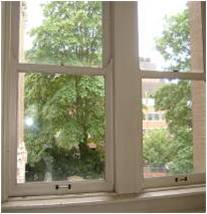Buildings' Energy Use
Buildings represent about 76% of electricity use and 40% of U.S. primary energy use, making it essential to reduce energy consumption to reduce costs to building owners and tenants. Source: U.S. Department of Energy (2015). Quadrennial Technology Review 2015, Chapter 5![]() .
.
Related Topics
Energy Intensity
The energy consumption per square foot of building space, including industrial or laboratory facilitities (e.g., kWh/sq-ft)
Energy Performance
Assessing a building’s energy performance involves comparing its energy use to that of peers or a standard. The ENERGY STAR program provides recognized benchmarks for assessing a building’s energy performance.
Guiding Principles for Sustainable Federal Buildings
The Guiding Principles for Sustainable Federal Buildings and Associated Instructions are a set of sustainable principles for integrated design, energy performance, water conservation, indoor environmental quality, materials, and resilience aimed at helping Federal agencies and organizations:
- Reduce the total ownership cost of facilities
- Improve energy efficiency and water conservation
- Provide safe, healthy, and productive built environments
- Promote sustainable environmental stewardship
Guiding Principles for Sustainable Federal Buildings and Associated Instructions

